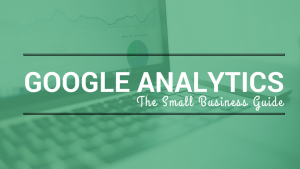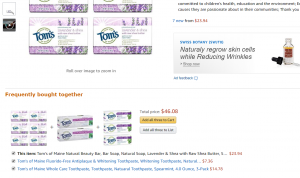— January 28, 2019
You’ve probably heard of MQLs and SQLs — but what about a PQL? A PQL is a product qualified lead or any lead who’s experienced true value with your product through a free trial or a freemium model.

Businesses – specifically SaaS ones – that offer free trials or free versions of their products are the only companies that come across PQLs. While the lead qualification may shift slightly from business to business, there are important concepts to remember:
- A PQL is not the same as an MQL. The conditions for PQLs are based on the real use of a product, not content metrics like eBook downloads or webinar registrations.
- Someone who signs up for a free trial or freemium product isn’t automatically a PQL either – they have to use the product or trial regularly.
- Someone who signed up for a free trial or freemium option that didn’t use either before upgrading to a paid version is and was never a PQL either.
How to Identify a PQL
As mentioned, you’ll find PQLs in users who are consistently using free versions of a service or product that has paid subscriptions. You’ll have behavioral triggers that are unique to your business.
Most often this is an in-product action or a series of activities that correlate with a PQL ready or needing to purchase. For example, Slack categorizes someone as a PQL once they’ve reached 2,000 messages in their free version. This heavy use of Slack’s free version shows they’re invested in the product and could likely turn into a paying customer.
If you’re not sure where to start in determining your company’s behavioral triggers, consider how prospects use products in general. Good prospects will demonstrate their buying intent based on generic behavior such as:
- Number of users
- What features are being used and how
- The number of different features being used
- Usage patterns – how often they’re using the product and when
- Velocity – how fast that user started using your free trial or freemium product after initialing signing up
Combining these behaviors with past product history can help you determine specific behavioral triggers that will signal when a PQL is ready to be approached by a member of your sales team.
How to Turn a PQL into a Customer
PQLs are more likely to become paying customers than MQLs and SQLs. Account executives close PQLs at six times the rate of SQLs – so it’s clear PQLs already understand the value of the products they’re using. However, they still need persuading to become a customer. Here’s how to move them past the finish line.
- Approach them when they’ve hit a limit. Once a PQL has reached a limit, like the number of chats in a chatbot, they’re probably more open to hearing how a fuller version can help them reach their goals without any hiccups.
- Celebrate their in-product or in-app successes with them. Some PQLs achieve milestones within your free models – but could go much further with a more robust solution. Commend them on their accomplishments and encourage them to go for more by upgrading.
- Highlight certain features. You should always monitor what features your leads use in your free trials or freemium products. A PQL uses one or several features heavily. Talk through the extra functionality associated with these features that come with a paid plan with your PQL to encourage them to buy.
- Discuss limitations. With a free version of a product, users won’t get its full functionality. When this happens with your PQL, talk about how the limitations of their free version have affected their work or team’s work. Then, you can work on a plan that matches how they want to use your product fully.
- Offer solutions that provide more value. Together with your PQL, you can work out which answers they need to get the most value out of your product.
PQLS are different from MQLs and SQLs, and you should treat them as such. That begins with defining the criteria to identify a PQL in your business based on behavior, and catering a specific strategy. Just because they’re already more likely to purchase than other leads doesn’t mean you shouldn’t approach them with the same persuasive and helpful attitude used with other leads. If you need more in-depth guidance on how to determine and interact with a PQL, contact us today.
Business & Finance Articles on Business 2 Community
(69)









